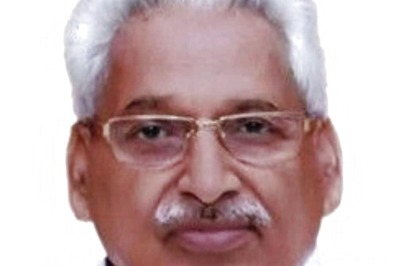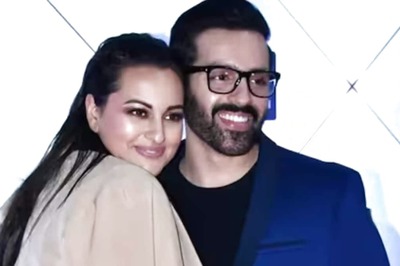
views
Why are a section of the western media and some globally influential personalities going hammer and tongs against the Narendra Modi government on the farm laws issue? Is there a concerted effort to build a narrative against Modi? Is there a pattern visible in this whole exercise that has been unsuccessfully tried several times since the pseudo-liberal lobby was dumped by Modi government ? Is support for the organisations agitating in the name of farmers growing or is it merely creation of carefully devised campaign run on social media and aided by foreign media? What is the ultimate objective of this agitation? Is it a genuine agitation or a smokescreen to target India’s national interests and check its emergence as a global superpower under the current leadership?
These are the questions which bother every concerned citizen especially after the nation was shamed on Republic Day this year by hooliganism, vandalism and anti-national activities of a group of individuals who desecrated national symbols at the historic Red Fort. The answers aren’t easy and one has to read between the lines to reach an unbiased conclusion. It isn’t easy also in a highly charged atmosphere where the opposition after being rejected continuously by the voters has been looking an opportunity to embarrass the Modi government and put it in a tight spot. Unfortunately, it seems that national interest has taken a back seat in this context when it comes to the way Opposition has dealt with this issue.
Also read: As PM Modi Unleashes Wave of Reforms, He is Going to Face Even More Resistance
To get back to the questions posed above, let us try to find some answers. Former chief of India’s external intelligence agency Research and Analysis Wing (RAW) Vikram Sood’s sharp book ‘The Ultimate Goal’ is quite helpful if one wants to understand the big picture and get answers to the big question ‘Why Modi and his government is being targeted and who is inflicting this war of narratives on them?”.
Explaining how narratives are constructed, Sood explains, “Creating narratives and favourable perceptions does not happen by accident. There must be an agenda to do so and must be worked at over time.”
He further adds, “A narrative may not necessarily be based on truth, but it does need to be plausible, have a meaning and create a desired perception. During most of the twentieth century, intelligence agencies helped shape narratives favorable to their countries’ agendas through literature, history, drama, art, music and cinema. Today Social media has become crucial to manipulation, countering or disrupting narratives, with its ability to spread fake news and disinformation and provoke reactions.”
That explains well the provocative speeches given in the name of farm agitation at present and provocative content being circulated on social media. This is part of a continuous disinformation campaign that had started immediately after the BJP-led coalition came to power and Narendra Modi became the Prime Minister in May 2014.
It needs to be reiterated that ever since the nationalists came to power in 2014 in India and came back with even greater majority in 2019, they have been constantly targeted through a battle of narratives. So, the battle lines are now clearly drawn.
The nationalists are represented by the BJP and Prime Minister Modi, and his colleagues and other parties in its coalition government. Those who are opposing them may bear the façade of a political party or a labour or farmer organisation, but they primarily draw their strength from a nexus of radical elements — Maoists, Ultra Left, Islamic fundamentalists and Christian Missionaries indulging in religious conversions of Hindus, mostly using unfair means. All the elements that make this nexus are aided well by several foreign organisations who want to check India’s growth and emergence on the global stage.
Right since 2014 we have seen carefully crafted violent agitations by this nexus on wide variety of issues ranging from Bhima-Koregaon violence to anti-CAA (Citizenship Amendment Act) protests culminating in Delhi riots. One sees similar faces driving this confrontationist narrative with an objective of spreading -Chaos and Anarchy.
As far as the section of western media and some celebrities peddling wrong information about India on farm laws is concerned, Sood explains it well, “The Indian narrative has been run for far too long from elsewhere. It needs to change and cannot be determined in Europe, America or anywhere else. India and Indians must tell their own story. Western narratives will continue to remain, especially the ones that portray the West’s supposed invincibility and superiority. They are often tactical and changeable as well. The day we get our act together, they will come to us.”
The writer has authored two books on RSS. He is the research director with Delhi-based think tank Vichar Vinimay Kendra. Views expressed are personal.
Read all the Latest News, Breaking News and Coronavirus News here

















Comments
0 comment